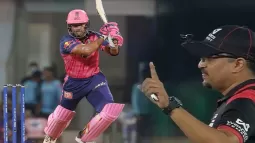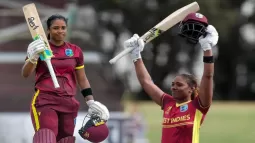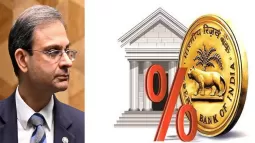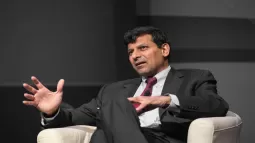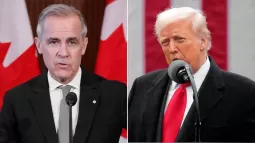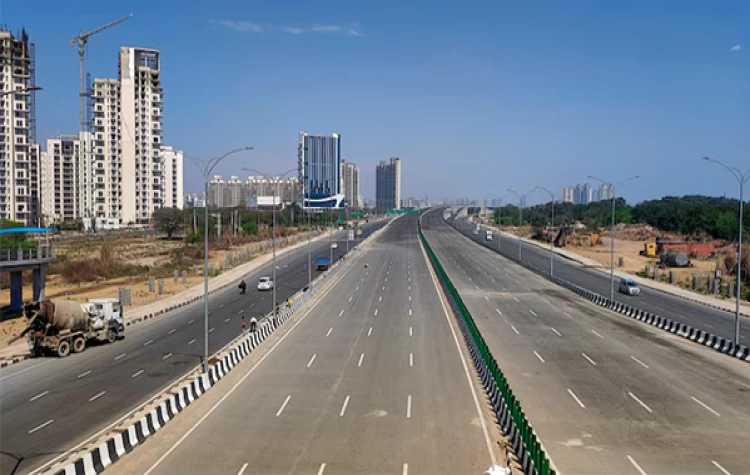
On Monday, Prime Minister Narendra Modi will officially open the Haryana portion of the eagerly anticipated Dwarka Expressway in Gurugram. The first elevated highway in India, the eight-lane high-speed expressway is anticipated to reduce traffic and improve flow between Delhi and Gurugram.
One bundle covers the Haryana part from the Delhi-Haryana border to Basai ROB (10.2 km), and the other package covers the Haryana section from Basai ROB to Kherki Daula (Cloverleaf Interchange) (8.7 km).
The construction of the 19-km portion came at a cost of almost Rs 4,100 crore.
Features of the Dwaraka Expressway
The expressway is the first eight-lane single-pillar flyover and elevated urban expressway in the nation. An estimated Rs 9,000 crore is being spent on building the entire stretch.
The expressway length is around 19 km long, with 10 km in Delhi and the remaining 9 km in Haryana.
The high-speed expressway travels through Dwarka Sector 21 in Delhi, the Gurugram border, and Basai before ending close to the Kherki Daula Toll Plaza. It starts at Shiv-Murti on the Delhi-Gurugram Expressway.
There will be four multi-level interchanges with tunnels or underpasses, an elevated flyover, a flyover above the flyover, and a segment of at-grade road.
The nation's first elevated road of its kind, measuring 9 km in length and 34 metres in width, has eight lanes on a single pillar.
The section also has India's widest (eight lanes) and longest (3.6 km) urban road tunnel.
When finished, it would also offer easy access to Dwarka Sector 25 in Delhi, the future location of the India International Convention Centre (IICC).
Via a short tunnel, the expressway will serve as a backup route to the Indira Gandhi International Airport.
It links the projected Global City in the Gurugram district with Sector 21 and the Dwarka Sectors (88, 83, 84, 99, and 113).
The project will include an Efficient Transport System (ITS), automated toll collection, and advanced safety features across the expressway.
Four stages of building have been scheduled. First, from Shiv Murti in Mahipalpur to Bijwasan (5.9 km) in the Delhi region; second, from Bijwasan ROB to the Delhi-Haryana border in Gurugram (4.2 km); third, from the Delhi-Haryana border to Basai ROB (10.2 km) in the Haryana region; and fourth, from Basai ROB to Kherki Daula (Cloverleaf Interchange) (8.7 km).
An estimated 2 lakh MT of steel (30 times the steel used in the Eiffel Tower) and 20 lakh cubic metres of concrete (6 times the concrete used in the Burj Khalifa) will be needed for the entire construction.


